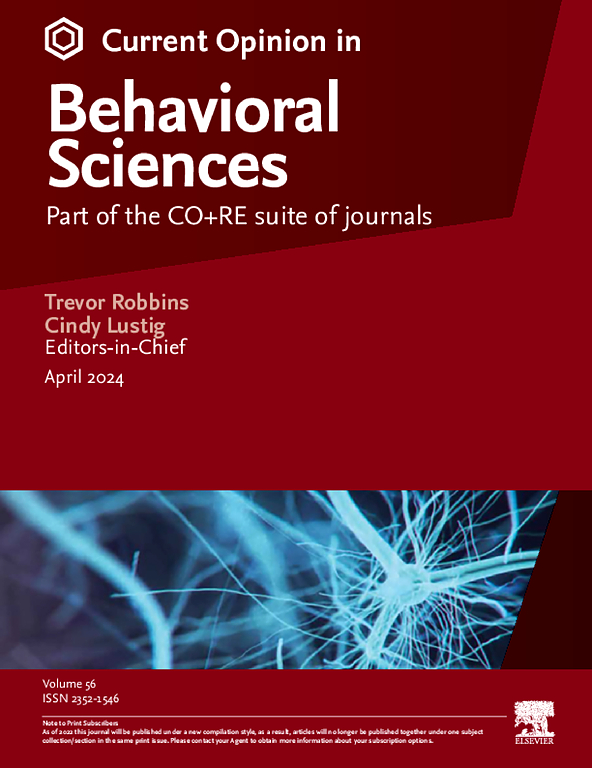运用控制理论研究正常成人、运动员和神经运动障碍患者的视运动控制能力
IF 4.9
2区 心理学
Q1 BEHAVIORAL SCIENCES
引用次数: 0
摘要
控制理论是一个植根于工程和数学的领域,旨在理解和影响动态系统的行为,以达到预期的结果。它的原理特别适合于研究人类的视觉运动控制,因为人类本身就是一个动态系统。视觉运动行为需要视觉输入与运动反应的持续整合,通常在存在干扰或不可预测的变化的情况下。通过应用控制理论,研究人员获得了视觉系统如何处理信息以产生自适应运动输出的重要见解,从而能够模拟和预测精确的运动,例如眼睛和手动跟踪,驾驶和运动。本文综述了应用经典控制理论研究不同人群视觉运动控制的最新进展,包括正常成年人、运动员和帕金森病等神经运动障碍患者。本文还讨论了未来的研究方向,强调了控制理论方法在加深我们对视觉运动控制的理解和改进治疗干预方面的潜力。本文章由计算机程序翻译,如有差异,请以英文原文为准。
Using control theory to study visuomotor control abilities in normal adults, athletes, and patients with neuromotor disorders
Control theory, a field rooted in engineering and mathematics, aims to understand and influence the behavior of dynamic systems to achieve desired outcomes. Its principles are particularly suited for studying human visuomotor control, as humans inherently operate as dynamic systems. Visuomotor behaviors require the continuous integration of visual input with motor responses, often in the presence of disturbances or unpredictable changes. By applying control theory, researchers gain significant insights into how the visual system processes information to produce adaptive motor outputs, enabling the simulation and prediction of precise movements, such as eye and manual tracking, driving, and playing sports. This review highlights recent progress in applying classical control theory to investigate visuomotor control across diverse populations, including normal adults, athletes, and individuals with neuromotor disorders like Parkinson’s disease. Future directions for research are also discussed, emphasizing the potential of control theory methods to deepen our understanding of visuomotor control and improve therapeutic interventions.
求助全文
通过发布文献求助,成功后即可免费获取论文全文。
去求助
来源期刊

Current Opinion in Behavioral Sciences
Neuroscience-Cognitive Neuroscience
CiteScore
10.90
自引率
2.00%
发文量
135
期刊介绍:
Current Opinion in Behavioral Sciences is a systematic, integrative review journal that provides a unique and educational platform for updates on the expanding volume of information published in the field of behavioral sciences.
 求助内容:
求助内容: 应助结果提醒方式:
应助结果提醒方式:


